paigew
Been spending a lot of time on here!
- Joined
- Nov 15, 2011
- Messages
- 3,880
- Reaction score
- 1,829
- Location
- Texas (Hill Country)
- Website
- www.paigewilks.com
- Can others edit my Photos
- Photos NOT OK to edit
The issue is, it's not necessarily a style. It's a way of shooting. It's not like these photographers are going out and only taking shots of people with blown out skies so they fit their portfolio. It's just they choose to use natural light when shooting and therefore have to make a decision on what to expose for. You can have any editing style (bold, matte, light and airy) and still have blown sky.In all my years of chasing the photography hobby, I can think of only one time I ever tilted the camera when making a photo. There was a reason I did so, and I still like the photograph that I made that way. It was definitely not some arbitrary tilt just for the health of it, but I needed to get something in the frame that would not fit otherwise.
Same for washed-out overly-bright whites and sky. There could be a valid reason for it, depending on the circumstances. Keeping such a "look" simply to create a signature style is shallow at best. We could guess at how long such a style would remain popular until it became stale and outdated.
I am proficient at using flash and use it very often for studio work, but when it comes to shooting outdoors I will very rarely bring it out. I connect better with my subjects when using natural light and honestly I enjoy taking the photos more when I can be inspired by using the light in different ways.
These images are not over exposed. The subject is perfectly exposed.
Sent from my Pixel 3 using Tapatalk


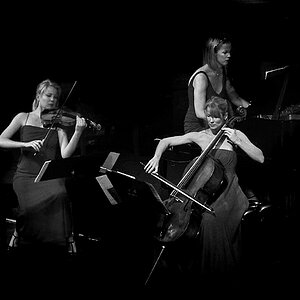

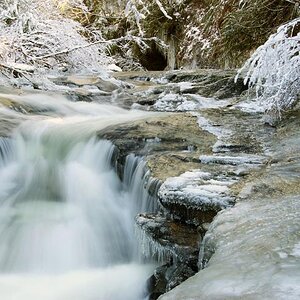

![[No title]](/data/xfmg/thumbnail/32/32636-5a159481dcab8aaf87f2d7b501496db1.jpg?1619735554)
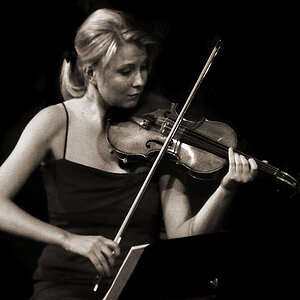
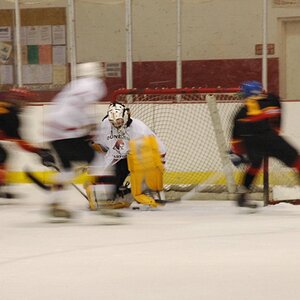

![[No title]](/data/xfmg/thumbnail/30/30863-8c53522e4ed851e96cb7411e74b9fe59.jpg?1619734482)

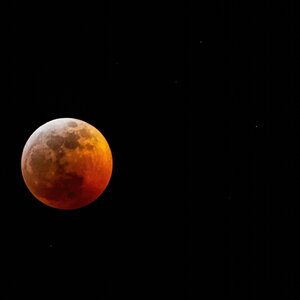
![[No title]](/data/xfmg/thumbnail/30/30865-3dc03385b0036f80524b0636d0d56f07.jpg?1619734484)